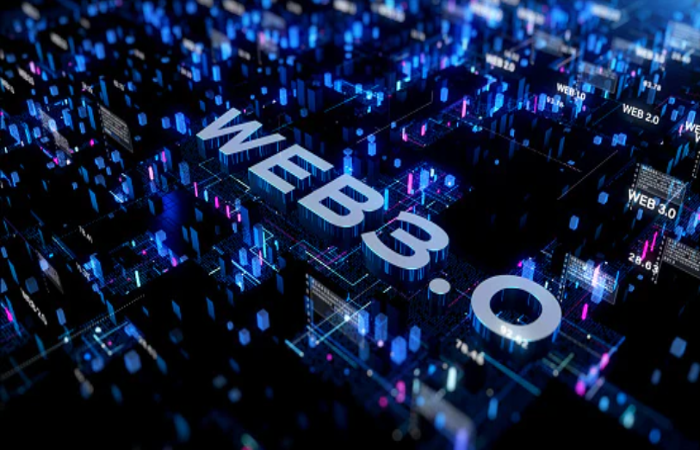Web 3: The Future of the Internet
Web 3: The Future of the Internet
16 May 2023
From static web pages to dynamic web applications, the internet has come a long way since its birth. However, the current state of the internet still faces many challenges, such as data privacy, censorship, and centralization. The next iteration of the internet, Web3, aims to solve these challenges by creating a more decentralized, secure, and user-centric web.
What is Web3?
Web3 is the third iteration of the internet, following Web 1.0 and Web 2.0. Web1.0 was the original version of the internet, which consisted of static web pages with limited interactivity. Web 2.0 is the current version of the internet, which focuses on user-generated content, social networking, and collaboration. Web3, on the other hand, is the next iteration of the internet and aims to create a more decentralized and trustless web.
How does Web3 work?
Web3 is built on top of blockchain technology, which is a distributed ledger that allows for secure and transparent transactions without the need for a central authority. Blockchain technology enables the creation of decentralized applications (dApps) that operate without the need for a central server or intermediary. These dApps are built on top of blockchain networks, such as Ethereum, which provide the infrastructure for decentralized computation and storage.
What are the benefits of Web3?
Web3 has several benefits over the current state of the internet:
- Decentralization: Web3 is less centralized than Web2.0, which is dominated by a small number of large firms. With Web3, users have more control over their data and can interact directly with each other without the need for intermediaries.
- Privacy: Web3 provides better privacy for users, as data is stored on a decentralized network and is only accessible to those with the appropriate permissions.
- Censorship resistance: Web3 is more resistant to censorship than Web2.0, as dApps operate on a peer-to-peer network, making it difficult to censor or shut down.
- Trustless: Web3 is more trustless than Web2.0, as smart contracts can automate transactions and ensure that parties follow the agreed-upon terms without the need for intermediaries.
- New business models: Web3 enables new business models, such as decentralized finance (DeFi) and non-fungible tokens (NFTs), which can provide new opportunities for creators and entrepreneurs.
Conclusion
Web3 has the potential to transform the internet as we know it, creating a more decentralized, secure, and user-centric web. With the emergence of Web3, we may see a new era of innovation and collaboration that can unlock new possibilities and opportunities for users and creators alike. However, it is important to note that this technology is still in its early stages and requires significant development and adoption to reach its full potential.


